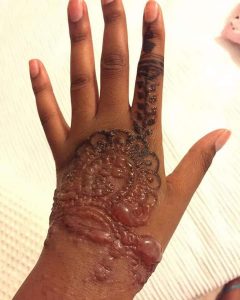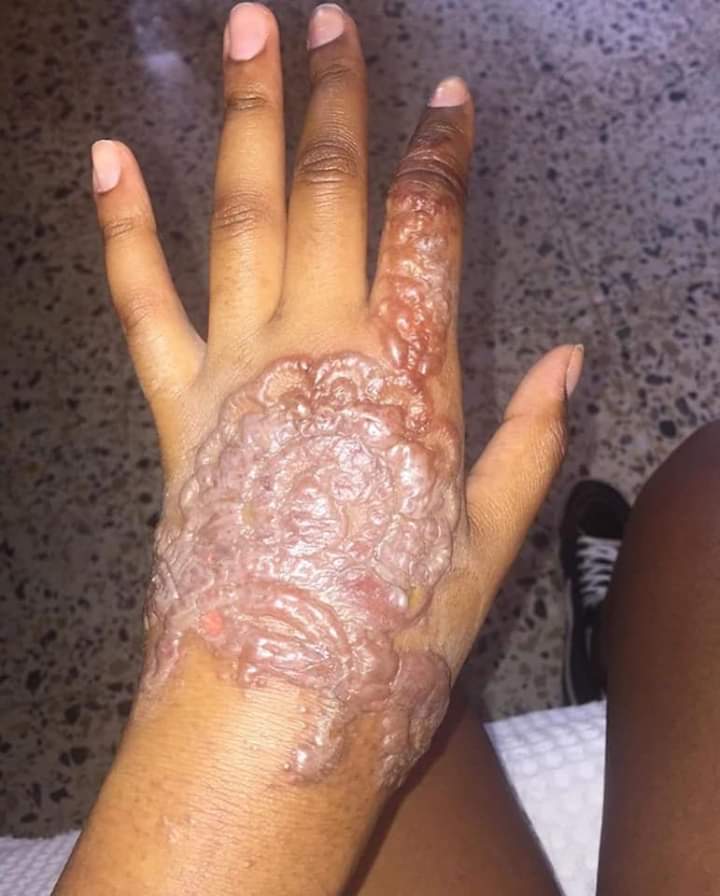Florence Uwaeme
According to study.com, Henna is a plant (Latin name ”Lawsonia inermis”) that grows in the tropics of Africa, South Asia, and parts of Australia. The leaf of this shrub by itself doesn’t do much, but when broken down it releases a pigment called lawsone.

This is what henna tattoos are made of – the ground up leaves of the henna plant, which has been dried and mashed to make a dye. When the pigment in the leaves make contact with the proteins in your skin, it stains the skin cells a rusty red-brown colour and voila – you have an instant tattoo.

So, the term ‘henna’ officially refers to the dye made from the henna plant. The art form of applying this pigment to the skin in various intricate patterns is called many things across the different cultures that have used it.
In Northern Nigeria, Henna is known as lalle, and till a few years ago, the use of the Henna for body art was majorly famous only in the Northern part of Nigeria. Hennas are used for different purposes, and it is used as a natural hair treatment, hair dye, fabric dye, leather dye and for body art.
Real Henna is generally orange in colour with a tint of brown. It is safe to say that any henna that is pure black in colour has an additive in it. This additive if not properly monitored, causes the skin to scarred permanently. This scare is majorly caused by a chemical called paraphenylenediamine (PPD). This is the chemical that causes the painful tingling, redness and blistering of the skin.
So, before you get your Henna done, if it is too dark just know that it contains a lot of PPD and it can damage your skin permanently and can also cause allergic reactions.




